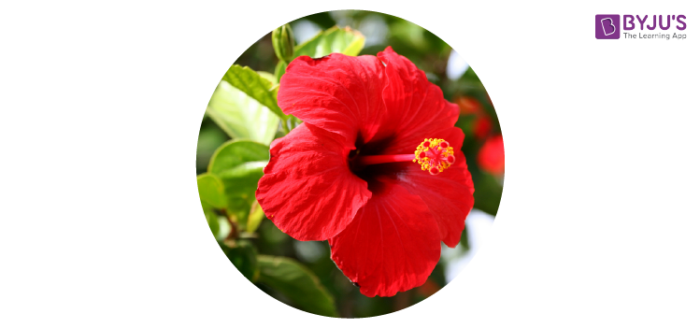Substances around us have acidic as well as basic nature. Acidic substances are the substances which are sour in taste, whereas bases are bitter. By tasting some substances we can differentiate them as acidic or basic substances. But substances which are used in the laboratory can be harmful if tasted. So for them some special kinds of substances are used to identify the acidic, basic or neutral nature. These substances are known as indicators. Change in property is observed when they come in contact with an acidic or basic solution.
Chemical indicators are of two types: artificial and natural indicators.
Litmus, red cabbage, turmeric, china rose are some naturally occurring indicators around us.
Litmus

Litmus is the most commonly used natural chemical indicators used. It is the solution of different types of dyes naturally obtained from lichens. It shows purple colour in the distilled water. It changes its colour to blue when added to a basic solution and gives a red colour when tested with an acidic solution. It is often found in the form of strips of paper, known as the litmus paper. It is found in two colours as red litmus paper and blue litmus paper. Acids change the blue litmus paper to red and base changes the red litmus paper blue. Solutions which does not make any difference in the red or blue litmus are known as the neutral solutions.
Turmeric

Chemical Indicators
Turmeric which we use in our daily life for the preparation of food can also be used as the chemical indicator. When applied with an acidic solution it changes its colour to yellow. But when used basic medium it changes its colour to brownish red. This is the reason due to which a turmeric stain on a white shirt becomes red when a soap is applied on it.
China rose

China rose (gurhal) can be easily found in one out of five houses. When a solution of china rose is used with a basic solution it changes its colour to green, whereas when used with an acidic solution it changes its colour to bright pink or magenta.
This was just a brief layout about the natural indicators around us. To know more about the chemical indicators kindly visit BYJU’S.


explain the action of turmeric as an indicator
Turmeric maintains a yellow colour in acidic and neutral substances, but develops a bright red colour with bases.
Nice